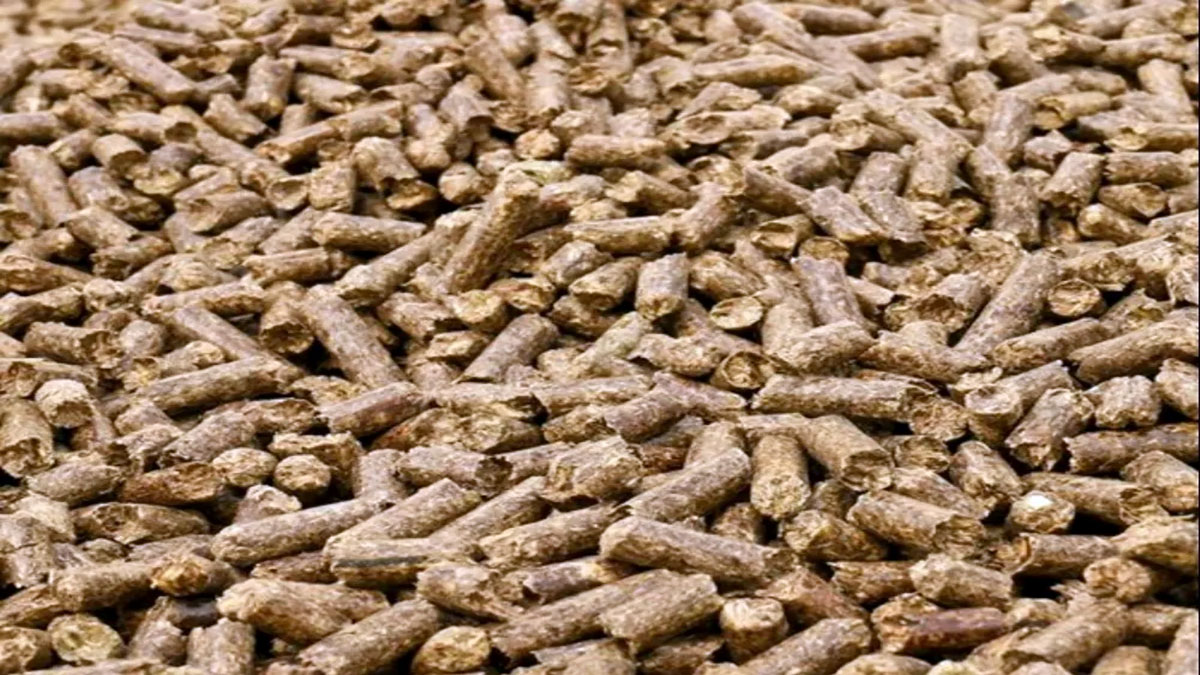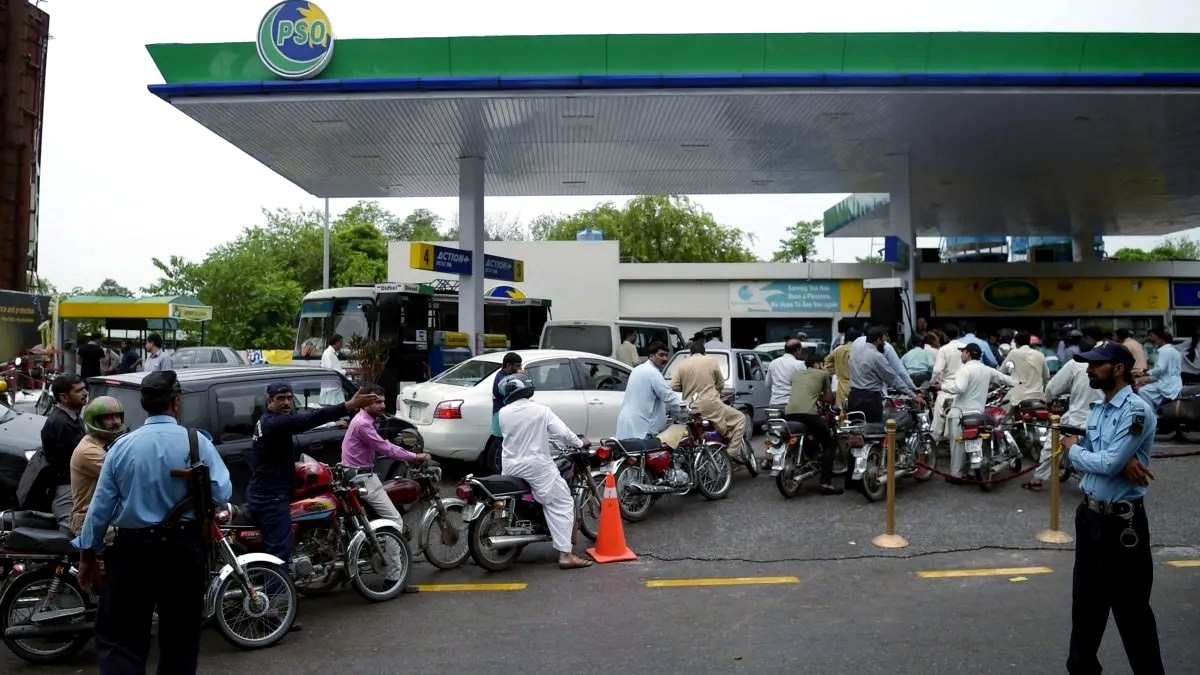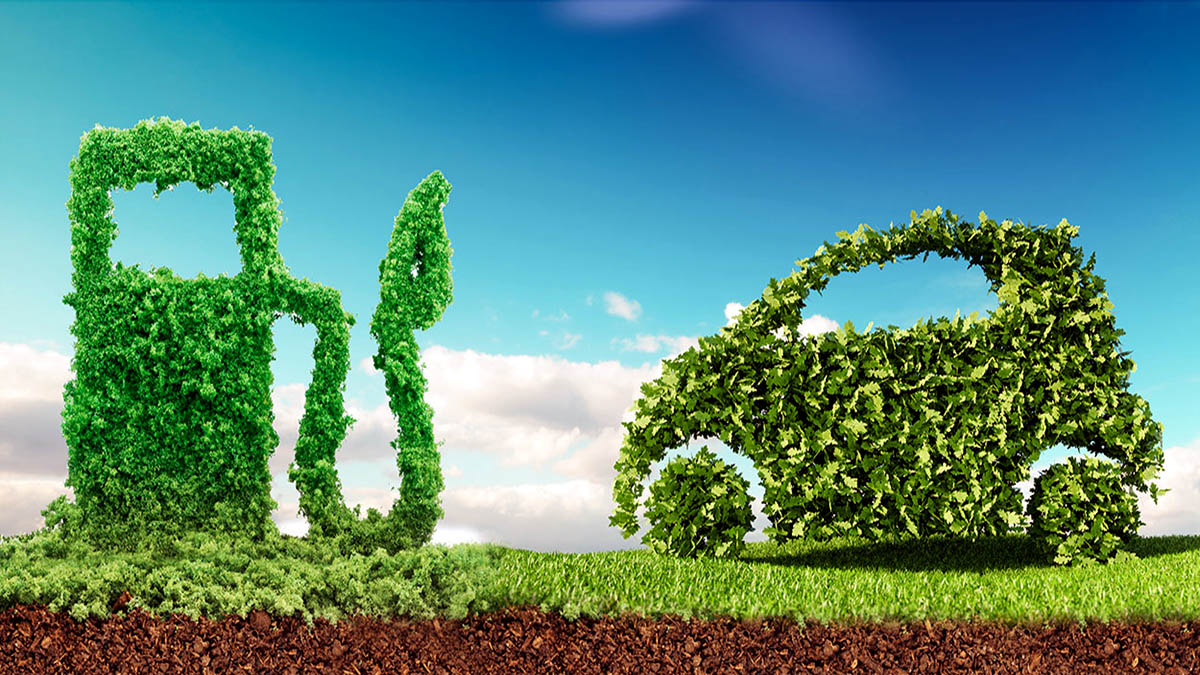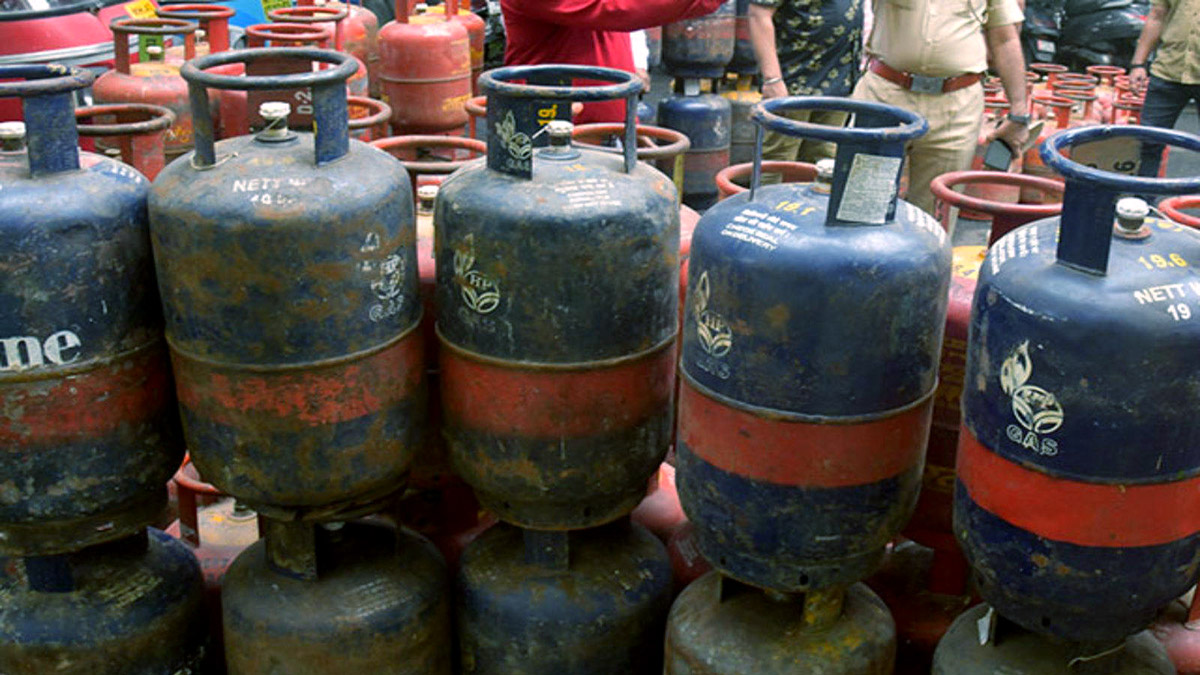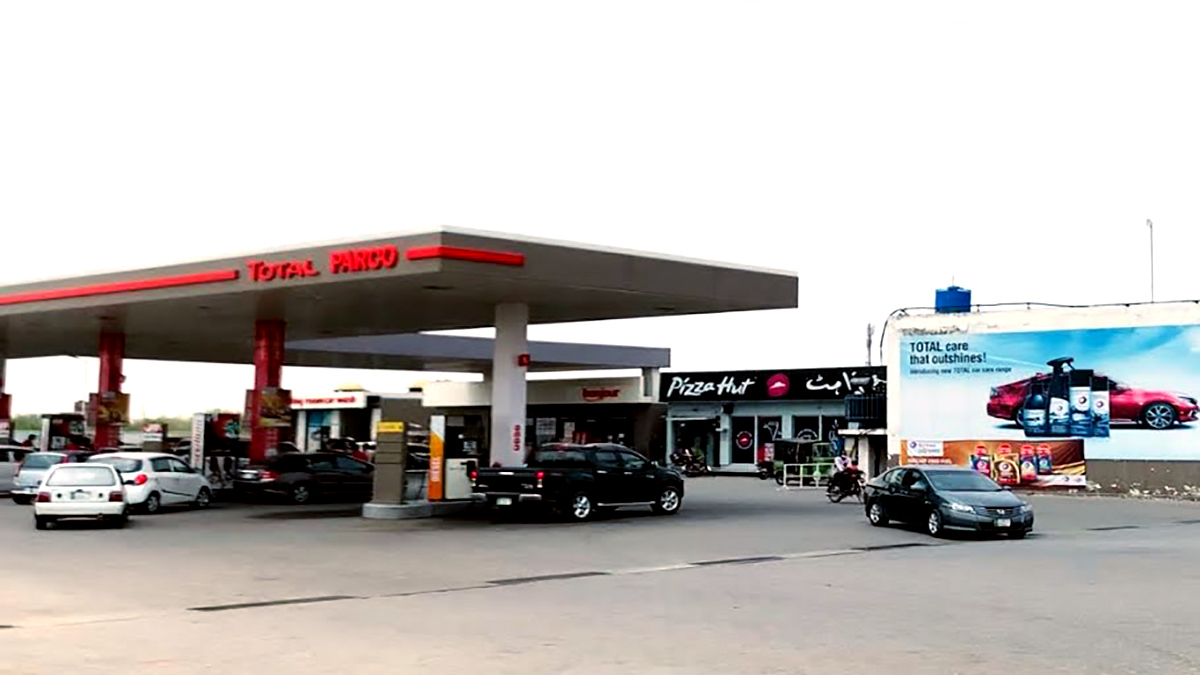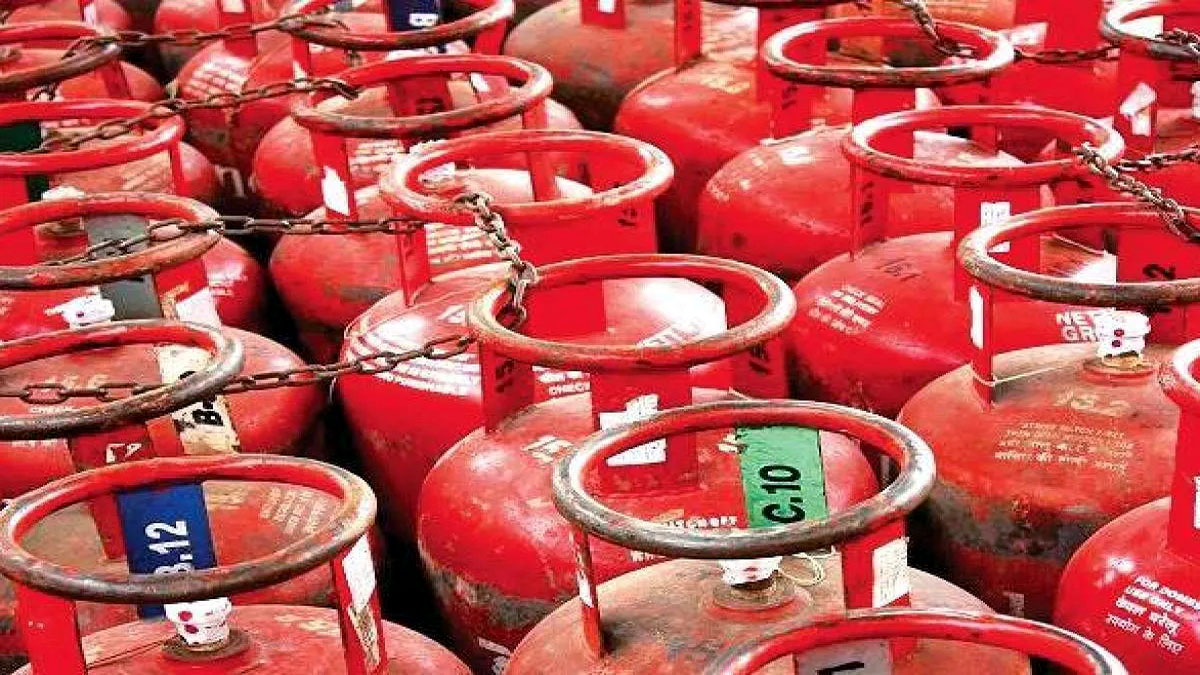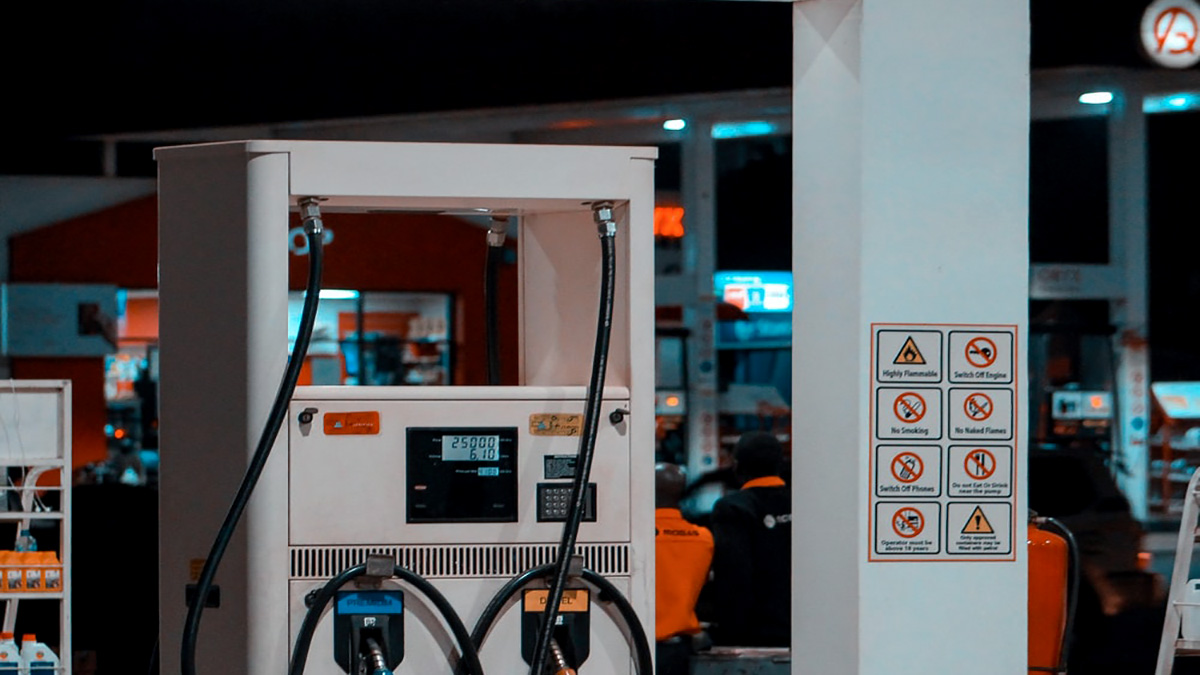Ethanol blending with petrol has been achieved in all the states and UTs, and is likely to touch around 8.3% in the 2020-21 marketing year ending November, according to a senior official of state-owned HPCL. Ethanol blending with petrol stood at 5% in 2019-20.
Addressing a webinar organised by Indian Sugar Mills Association (ISMA), HPCL ED C Sridhar Goud highlighted that blending is expected to jump to around 8.2-8.3% in current ethanol supply year (December to November), from an average ethanol blending of 5% in the last two years.
He highlighted that the Ethanol Blending Programme (EBP) has reached the entire country. “Sikkim was the last state. Four days ago, we reached Sikkim as well. Ethanol blending is taking place in all states,” Goud said.
“Achieved Ethanol blending in all the States & UTs in current ESY 20-21,” he said in the presentation.
Goud expressed confidence that the blending level of 10% would be achieved in the 2021-22 ethanol supply or marketing year.
Sugar mills supply ethanol to oil marketing companies (OMCs) for blending with petrol. HPCL has a strong presence in refining and marketing of petroleum products in the country.
ISMA’s Director General Abinash Verma said that the industry, including sugar sector, would have enough capacities to produce and supply 10 billion litres of ethanol.
He said 10.5 billion litres of ethanol will be required to achieve 20% blending with petrol by 2025. Out of the total requirement, 6-6.5 billion litres are expected to come from sugarcane and molasses while 4-4.5 billion litres from grain and corn.
Verma said the current installed capacity is 6 billion litres, of which 5.25 billion litres are sugarcane molasses based capacity.
To achieve 20% blending, he said the requirement of installed capacity is estimated at 12 billion litre, of which 6.5-7 billion litre would be through feedstock of sugarcane and molasses.
“…huge interest being shown by investors to set up ethanol production capacities. Around 800 projects have registered with the government. Some sugar companies also setting up dual feed ethanol plants, where corn and grains can be used in addition to sugarcane and molasses,” Verma said in his presentation.
Earlier this month, Food Secretary Sudhanshu Pandey had said the government was encouraging ethanol production not only from molasses but also from foodgrains like maize and rice to achieve the blending targets.
Around 17 million tonnes of surplus foodgrains would be utilised for manufacturing of ethanol, he had said.






